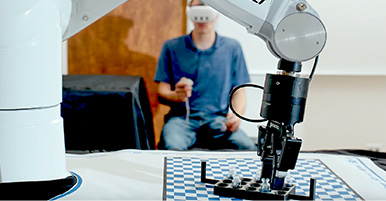Citation
Steinmetz, K.L., Spack, E.G. The basics of preclinical drug development for neurodegenerative disease indications. BMC Neurol 9 (Suppl 1), S2 (2009). https://doi.org/10.1186/1471-2377-9-S1-S2
Abstract
Preclinical development encompasses the activities that link drug discovery in the laboratory to initiation of human clinical trials. Preclinical studies can be designed to identify a lead candidate from several hits; develop the best procedure for new drug scale-up; select the best formulation; determine the route, frequency, and duration of exposure; and ultimately support the intended clinical trial design. The details of each preclinical development package can vary, but all have some common features. Rodent and nonrodent mammalian models are used to delineate the pharmacokinetic profile and general safety, as well as to identify toxicity patterns. One or more species may be used to determine the drug’s mean residence time in the body, which depends on inherent absorption, distribution, metabolism, and excretion properties. For drugs intended to treat Alzheimer’s disease or other brain-targeted diseases, the ability of a drug to cross the blood brain barrier may be a key issue. Toxicology and safety studies identify potential target organs for adverse effects and define the Therapeutic Index to set the initial starting doses in clinical trials. Pivotal preclinical safety studies generally require regulatory oversight as defined by US Food and Drug Administration (FDA) Good Laboratory Practices and international guidelines, including the International Conference on Harmonisation. Concurrent preclinical development activities include developing the Clinical Plan and preparing the new drug product, including the associated documentation to meet stringent FDA Good Manufacturing Practices regulatory guidelines. A wide range of commercial and government contract options are available for investigators seeking to advance their candidate(s). Government programs such as the Small Business Innovative Research and Small Business Technology Transfer grants and the National Institutes of Health Rapid Access to Interventional Development Pilot Program provide funding and services to assist applicants in preparing the preclinical programs and documentation for their drugs. Increasingly, private foundations are also funding preclinical work. Close interaction with the FDA, including a meeting to prepare for submission of an Investigational New Drug application, is critical to ensure that the preclinical development package properly supports the planned phase I clinical trial.
Keywords: Active Pharmaceutical Ingredient, Good Manufacturing Practice, Preclinical Development, Target Product Profile, Good Manufacturing Practice Guideline


